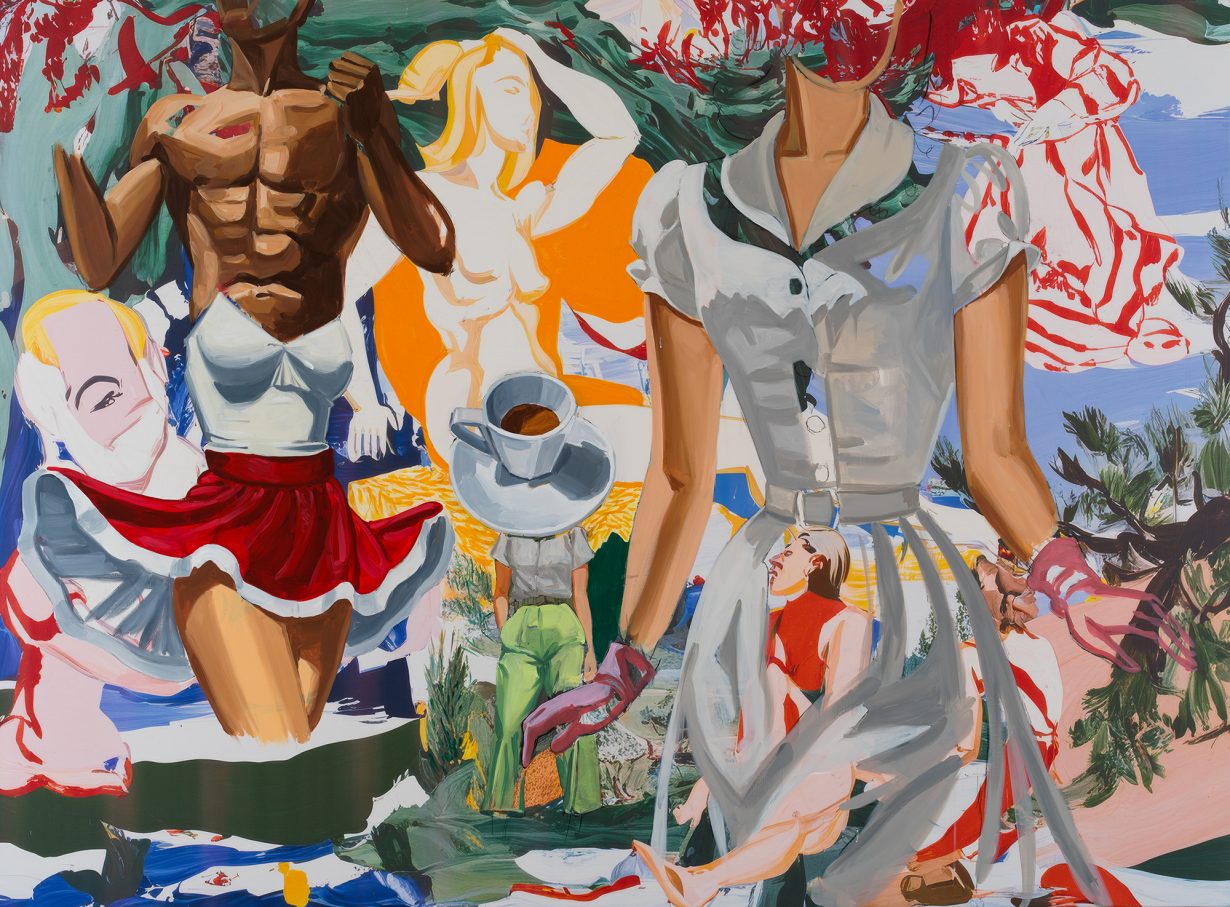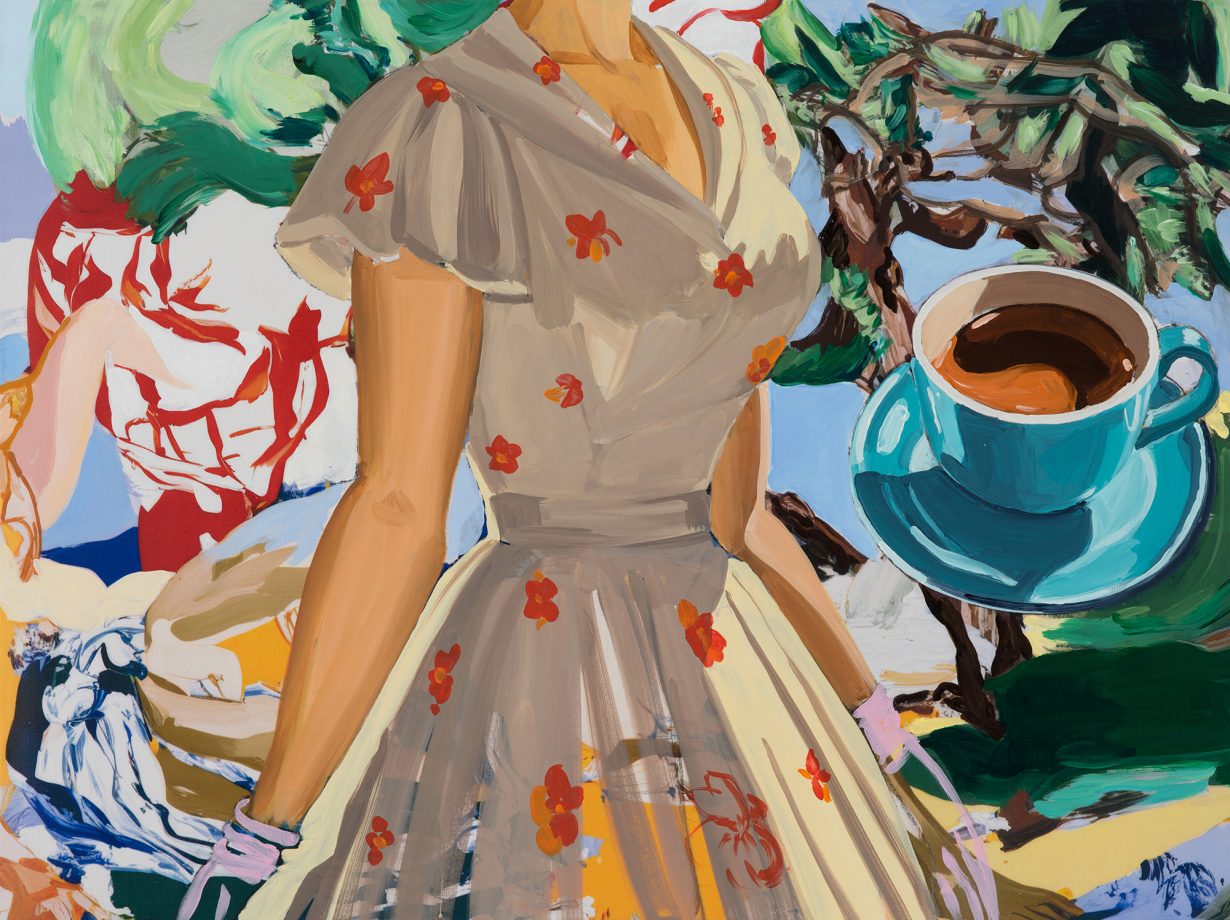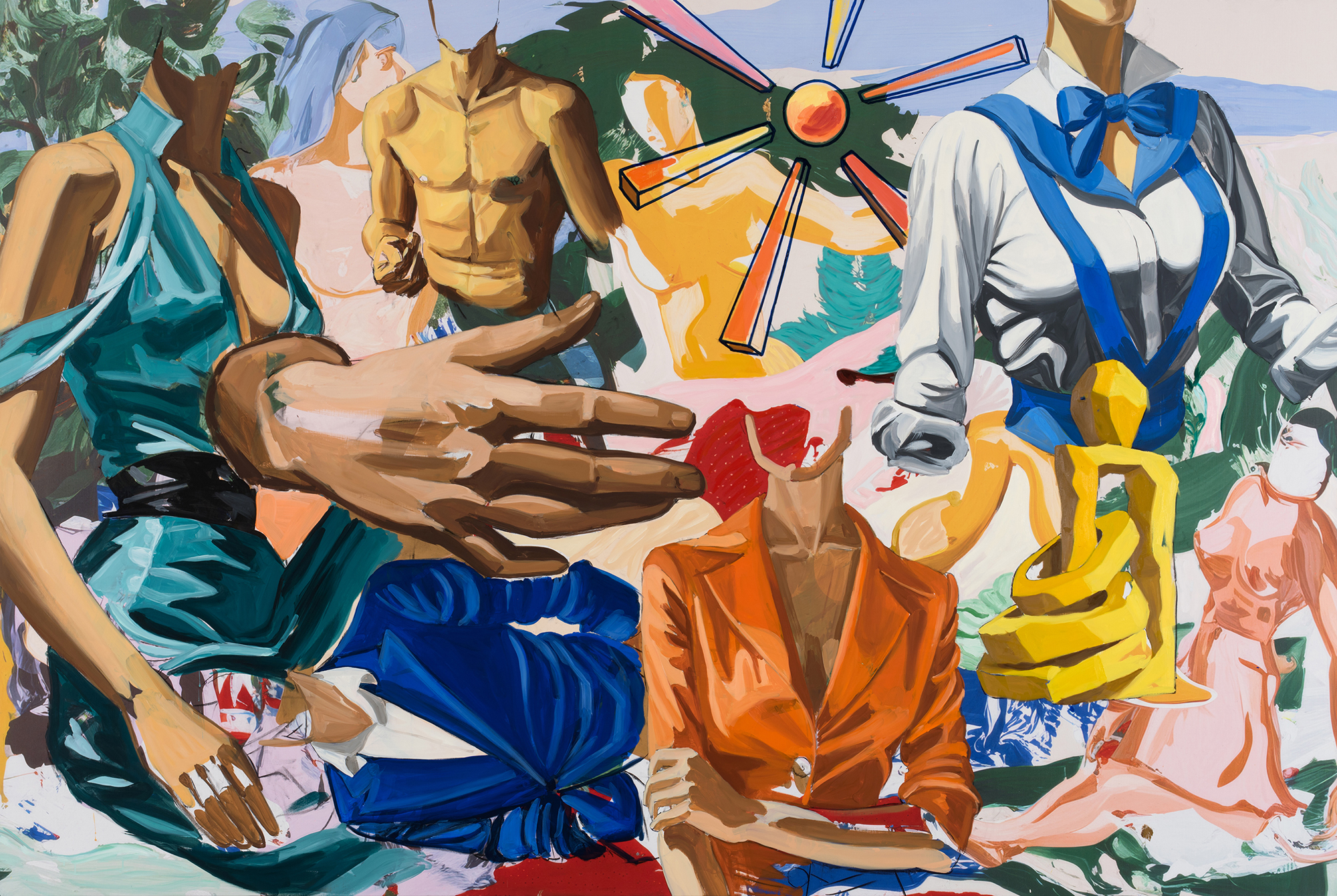David Salle considers the ideal curriculum
Artists have often struggled to go beyond the available permissions of their time and place to transcend the familiar and to free up the imagination. The most common way of going about this is with drugs: opium or alcohol or marijuana or, today, ayahuasca or ketamine. Other methods involve meditation, fasting, hypnosis or foreign travel. Anything to slip the confines of one’s own consciousness, the contents of one’s own head.
There is also a long history of artists who have embraced technological innovation, adapting new materials or processes to their own working methods. Everything was new once; there was a time when oil paint itself was a new technology; painting on canvas instead of wood panels was also a leap. The camera, which some thought would make painting obsolete, was almost from the beginning embraced by painters who understood its potential for conveying a sense of form. Artists as diverse as Degas, Eakins, Bonnard, Wols, Rauschenberg and Richter all used the camera to varying degrees in their work. Silkscreen, video, neon – all radical departures at one time, now simply part of the artist’s toolbox.
I have long dreamed of a truly malleable, elastic pictorial space, in which distortion comes from within, and is resolved according to some hitherto unknown system. What I longed for in particular was the dynamism of all-over abstraction, the theatrical space of largescale abstract painting – the heft and physical sensation of New York School painting, only fashioned out of figuration, out of images.
The revolution in machine intelligence that we are currently living through, although likely a nightmare in some walks of life, makes possible just this type of composition. When Picasso and Braque introduced a fragmented, multiple-points-of-view version of three-dimensional volumes in the first decade of the twentieth century, the idea had been to align pictorial space with recent advances in physics and optics, with what it felt like to be alive in the scientific age. Some years later, when the Surrealists played around with notions of scale, juxtaposition and the suspension, in painting, of the laws of gravity, the impetus was to align the space of painting with the emotional landscape of the unconscious – to make painting consistent with Freudian psychology. The unlikely and uncanny became the new normal. But that revolution in pictorial space, initiated by those radical pioneers so long ago, continues. Today, machine learning affords artists the means to reconfigure pictorial space with the malleability and plasticity of pure imagination. And then it goes further.

I should emphasise that I am not an engineer and have scant understanding of the underlying technology. I have, in fact, very little interest in it. I don’t really care how the thing works. I’m only interested in what it can do, and care for it only so long as it gives me something I can use. AI is a powerful tool, but it’s still a tool. It is not, at least for now, an author of anything. It is essentially an amalgamator. The ‘thinking’ part of the machine, the algorithm, does seem to have some kind of drive to break pictures apart, and to recombine their component parts, somehow to scramble their original spatial orientation but preserve and even amplify their emotional subtext. What could be more expressive of this moment?
The primary difference between painting and digital images, between things that are made and things that just are, resides in the edge. In the digital sphere, an edge – the boundary between two or more forms – is just pixels. Edges do not constitute an event because the whole image is just pixels. Every square inch reads with the same undifferentiated, uninflected detachment, which can sometimes be the source of its charm, but more often makes me want to throw something at it. In painting, the boundary between two forms is fraught with meaning; an edge is the result of a gesture, a decisive action. The way a painter handles edges plays a large part in defining his or her style. What we call ‘style’ is the sum total of all the decisions taken within a work of art combined with a physical capability, or talent.

Could the machine be taught to think about edges like a painter? The people who developed this technology had no grasp of artistic intentionality, as a matter of form. How could the engineers be expected to understand how an intention translates into a mark, and how that mark sets the condition for the painting’s tone, for a whole worldview; or how the organisation of visual information has a specific inside energy?
No, the machine would have to be sent to art school, and I set about crafting the curriculum. I started with the basics: what a brushstroke is, what an edge is, how to use the brush to make an edge. And: this is how you create form using value pattern, the contrast of light and darks, and this is how you organise the visual components into a dynamic composition. I trained the machine, which is to say, fed it a diet of images of form givers, form creators, artists like Edward Hopper, Giorgio de Chirico and Arthur Dove. Not the whole corpus of their work by any means, but a handful of paintings that illustrated the formal ideas. Once the machine had acquired some reference points, I trained it on a tightly edited selection of my own work.
I remembered a series of paintings I’d made nearly 25 years earlier that were based on a nineteenth-century opera backdrop, a romantic pastoral scene of a couple sitting on some rocks that bordered a lake, with leafy green trees in the foreground and a view of mountains in the distance. I converted the muted greens and browns and blues of the original scenic painting into interlocking hard-edged shapes, like crystals, or puzzle pieces that snapped into place. I painted these faceted rocks and trees using two or three different palettes, arresting colour harmonies that are high-key, counterintuitive and artificial. I had an instinct that the pastoral image would be the right starting point for the machine, something that would allow it to build the new kind of spaces that I had been yearning to see for years.
And so it began.
David Salle is a painter. His new work is on show at Thaddaeus Ropac, London, 10 April – 8 June
From the April 2025 issue of ArtReview – get your copy.
